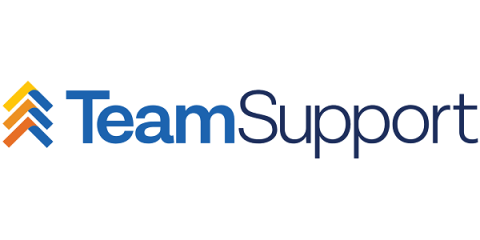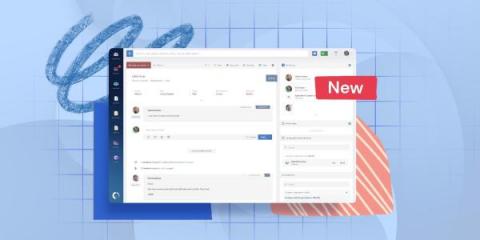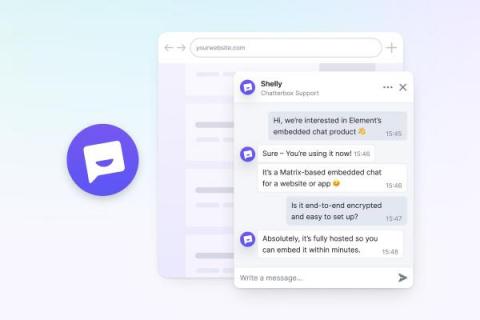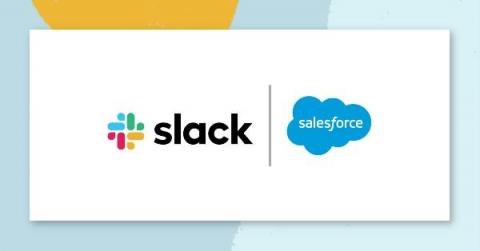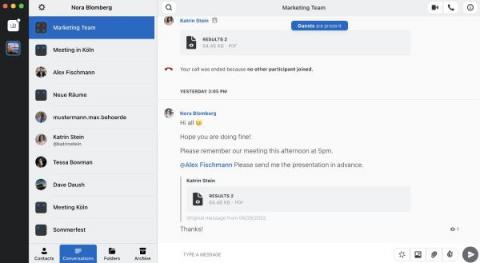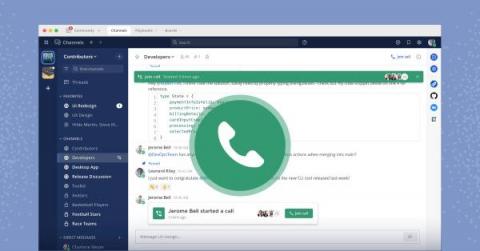Teams | Collaboration | Customer Service | Project Management
Product Release
Element Web/Desktop 1.11.4 - A security update, deferred DMs and more
Hey everyone! We’ve got a new release for you, and it has security fixes so please make sure you upgrade. We’ll disclose the details of the issue down the line, but stress that this update is important. Over the weekend we received a report from Val Lorentz (thank you!) that it was possible to create a situation where Element wouldn’t show all of the user’s rooms or Spaces, causing minor (temporary) corruption and Denial of Service (DoS).
Introducing the Hub SDK Improvement for Messaging and Live Chat
Living in the Digital Age, so much of our lives are saturated with data and information. But with so much information available, sometimes we can feel like Johnny Mnemonic, past cranial-storage capacity, where additional data doesn’t help us solve any problems, and instead makes it even more difficult to solve problems.
August Update: Improved Cost Tracking Scoro
A New Updated Request View in InvGate Service Desk for a Better Experience
Element launches Chatterbox!
It’s a surprise to most people that the majority of embedded chat is not end-to-end encrypted (E2EE). And that’s perfectly understandable. You’d automatically think that a healthcare insurance firm would provide its customers with E2EE webchat. Or that when you’re in your bank’s app, the live chat would be E2EE. But it’s generally not the case. Test it out now - open your banking or healthcare app and ask if the live chat is end-to end encrypted.
Slack plus Sales Cloud: your sales team's new productivity platform
Why everyone on your sales team will benefit from our app’s great features.
July Update: Usability Improvements Scoro
Wire's New Accessibility Improvements
One of our promises at Wire is to provide the most secure and user friendly communications platform. Today, we’re proud to announce the first phase in our latest efforts to bring data privacy to a broader group of people through accessibility improvements to our UI. We love user feedback, and these improvements were partially inspired by our users’ inputs and our commitment to following accessibility standards.
Introducing Voice Calling and Screen Sharing in Channels
Coming from a traditional office environment, the ways of working tend to approximate in-person rituals. As the common adage goes “we want what we can’t have.” When you’re in the office together, the hierarchy of communication usually goes something like this: in-person > video > audio > text. But when you take a team and spread them across the world, a preference for synchronous, in-person conversations can drastically slow down collaboration.




